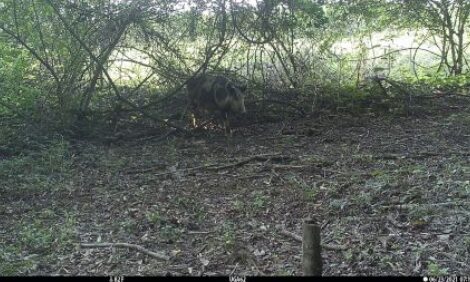



Risk Factors for Prolapses in Sows
In animal production, an abdominal organ prolapse is a condition where an internal organ moves from its normal position in the abdominal cavity to the exterior through the anus or vulva.In sows, it can sometimes be hard to distinguish uterine, vaginal or rectal prolapses from each other.
In animal production, an abdominal organ prolapse is a condition where an internal organ moves from its normal position in the abdominal cavity to the exterior through the anus or vulva. In sows, it can sometimes be hard to distinguish uterine, vaginal or rectal prolapses from each other.
Age – Older parity females tend to show a higher frequency of prolapses. Make sure you have a balanced parity structure by maintaining a reasonable replacement rate.
Grain particle size – A very small grain particle size can modify the bacteria balance in the large intestine, with a proliferation of gas-producing bacteria. Gas in the large intestine increases intra-abdominal pressure. The lower limit seems to be around 500 microns for lactation feed and around 750 microns for gestation feed.
Gestating sows feed management – Feeding strategies that let the herd go to the heavy side, sometimes due to bump feeding bump in late gestation, has been suggested as one of the major risk factors. Anecdotal evidence suggests that full feeding sows, longer than 3-5 days prior to the actual farrowing, might be associated with a higher prolapse incidence.
Constipation – The combination of low water availability or intake and low fiber content in diets can contribute to the production of hard stools that are harder to pass. The constant push to try and pass the stool can be painful and lead to a prolapse.
Farrowing assistance procedures – Intervention strategies such as, farrowing induction (i.e. use of oxytocine) and obstetrical intervention (i.e. sleeving) may be associated with the appearance of prolapses around parturition.
Mycotoxins in feed – Efforts to find mycotoxins in feed can be fruitless due to the difficulty to collect a representative feed sample. However, empirical evidence suggests that the addition of mycotoxin-binders in feed reduces the occurrence of prolapses, even in the absence of a mycotoxin positive feed sample.
Farm equipment – Narrow stalls (fewer than 2 ft or 0.6 m wide), particularly in mature herds (P3+ average), could compound the effect of other risk factors.






